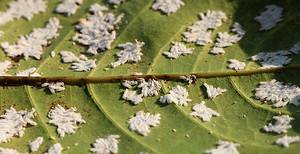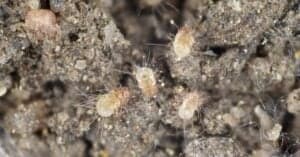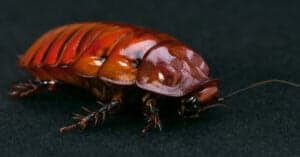The beautiful state of Arizona has a striking desert landscape and warm climate that attracts a diverse range of wildlife, including insects. Many of those creatures are not pleasant to encounter. Unfortunately, some are notorious for their annoying habits and potentially dangerous bites. Knowing what these insects are and understanding how to avoid them (or at least lessen encounters) will make your time in the southwestern state a little more enjoyable. So, let’s dive into the world of 12 bothersome insects found in Arizona.
1. Fire Ants
These aggressive and formidable insects have made their mark in Arizona. But they aren’t native to the state. Fire ants (Solenopsis invicta) originated in South America and got imported into the states at some point. Worker arts range in size from 1/8 inch to 1/4 inch (2.4 to 6 mm). They are typically red or brownish-red.
Their colonies can rapidly grow. And once disturbed, they swarm and deliver painful stings that cause reddened, itchy welts. Then, the next day the sting spot may develop a white some. For some people, the stings can result in severe allergic reactions.
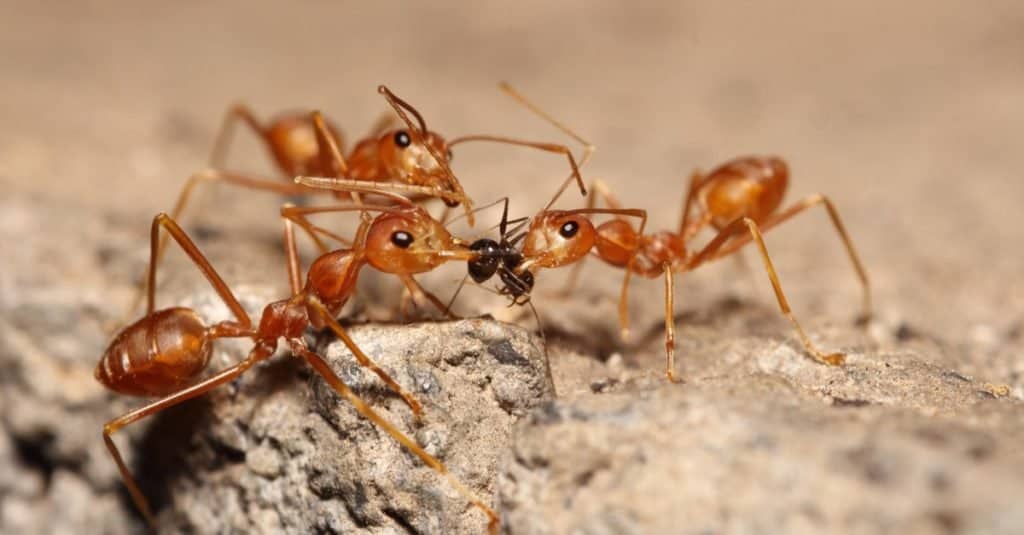
Fire ants are an aggressive species. They will leave unwitting people with painful and swelling bites when provoked (unintentionally or not).
©sarawuth wannasathit/Shutterstock.com
2. Africanized Honey Bees “Killer Bees”
Known as “killer bees,” Africanized honey bees (Apis mellifera scutellata) are a hybrid of African and European honey bees. But they don’t have any characteristics that distinguish them from European bees. They entered the United States via Brazil.
These bees are highly defensive of their hives and can chase perceived threats for long distances. Their stings are potent and, in some cases, can be fatal. The worst-case scenario would take roughly 1,000 stings, which is not impossible since killer bees swarm in massive numbers when they feel threatened. It is best to avoid their hives when possible.
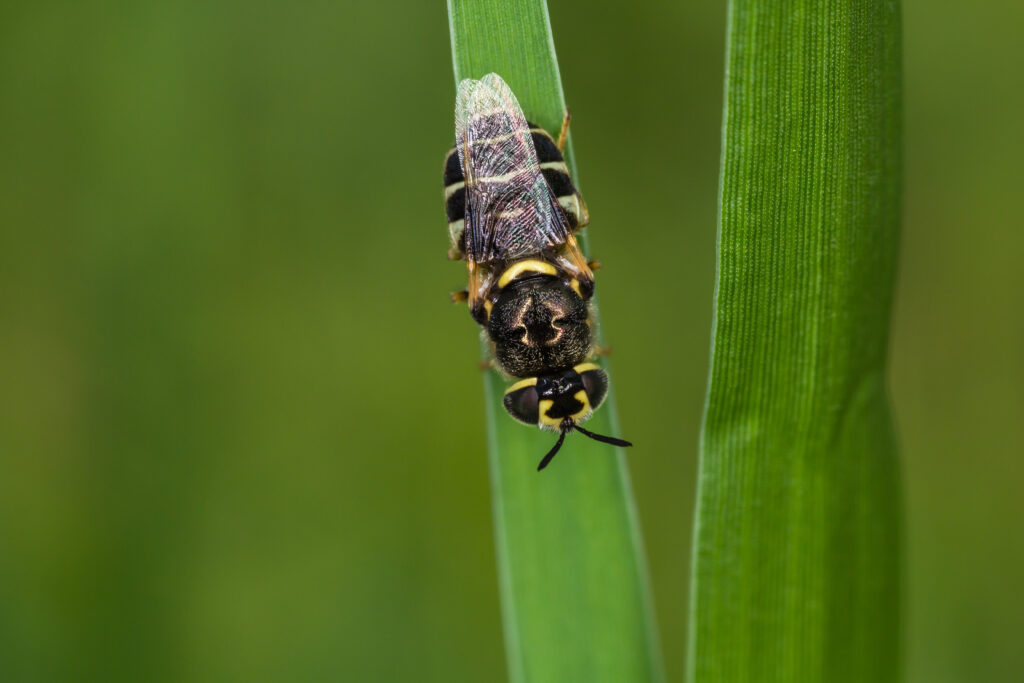
These bees are called killer bees and are invasive. They are also known to attack in sometimes deadly swarms.
©aeiddam0853578919/Shutterstock.com
3. Blister Beetles
These insects love feeding on flowers and a range of agricultural crops. But these are one pest you don’t want to pick off with your bare hands. Blister beetles (Meloidae) do exactly what their name suggests. If you touch one with your bare skin, it will form a blister. And unfortunately, blister beetles can be deadly to animals since they carry a toxin. It is important to keep any animal feed free from blister beetle contamination.
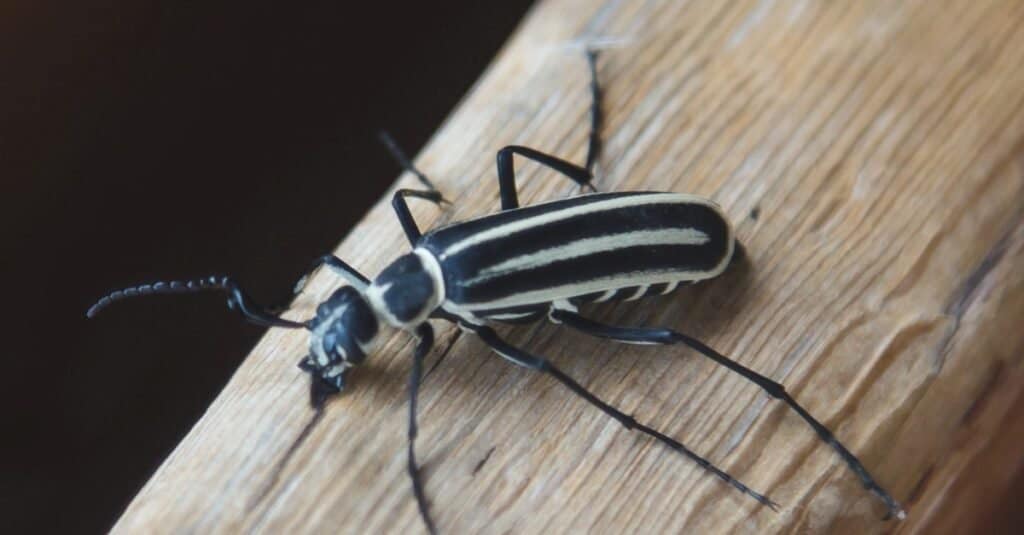
If you touch a blister beetle with your bare skin, it will form a blister.
©iStock.com/PhotoSparks
4. Kissing Bugs
Kissing bugs (Triatominae subfamily) are known to feed on the blood of humans and animals. They most often bite around the mouth or eyes. But that’s not the worst of it. They are also vectors for Chagas disease, a potentially severe illness that can lead to long-term health issues if left untreated.
And they won’t go away anytime soon. Some species live up to a whopping two years. Avoid touching kissing bugs with your bare hands if you come across one. Use gloves to handle them and get them out of your path.
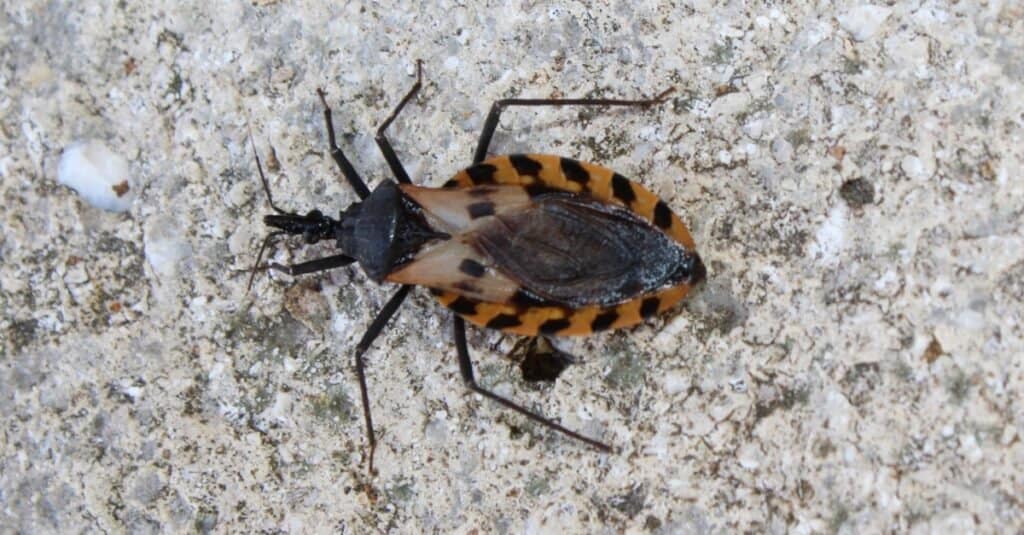
Assassin bugs or “kissing bugs” are insects you want to avoid as much as possible. They carry a disease that can be quite harmful
©Vanessa Becker-Miller/Shutterstock.com
5. Mosquitos
Everyone dreads the time of year when mosquitos (Culicidae) come out to play. Thankfully, large parts of Arizona have a drier climate that is not as conducive to mosquito populations. But that doesn’t mean they aren’t around in the southwestern state.
Since these annoying insects can carry West Nile disease, it is best to try to reduce their presence the best you can.
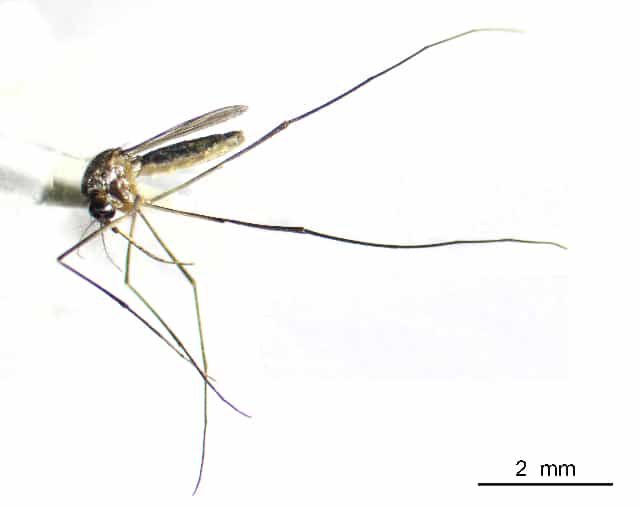
Not many people like mosquitos, for good reason.
©Rahuel Chan, Instituto Tecnologico de Chetumal / CC BY 3.0 – License
6. Horse Flies
Horse flies (Tabanidae family) are formidable insects with razor-sharp mouthparts that can easily slice through the skin. Unlike other flies, this pest bites. The bites are itchy and painful. They can also lead to allergic reactions in some individuals. They are particularly active during the warm months, annoying hikers, campers, and outdoor enthusiasts. Horse flies love hanging out around wooded areas. So, if you hit the trail, make sure to spray on some insect repellent. And keep your screen doors and windows in good repair to keep these pests out of your home.
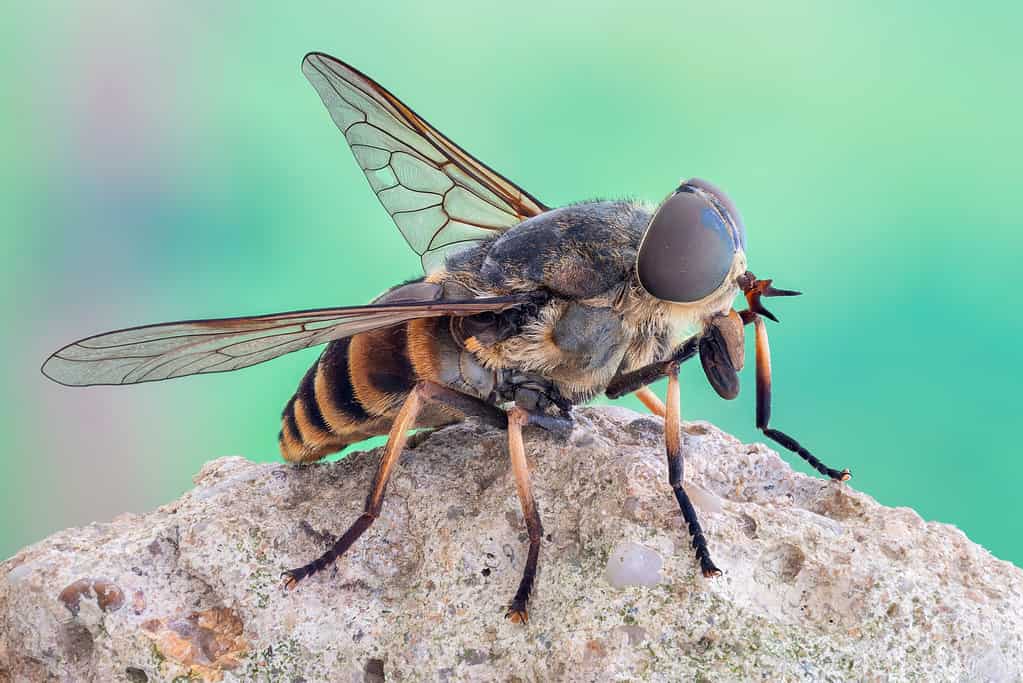
Horseflies will leave a painful reminder of an encounter you had with them, even if you didn’t know it at the time.
©iStock.com/guraydere
7. Western Conifer Seed Bugs
Unfortunately, Western conifer seed (or leaf-footed) bugs (Leptoglossus occidentalis) look similar to kissing bugs, so they often get a bad rap. However, they are not harmful to humans. That said, leaf-footed bugs become a nuisance in autumn when they seek shelter indoors to escape the cooler temperatures. When threatened, they emit an unpleasant odor. And you may occasionally hear them buzzing around your head, adding to the annoyance factor.
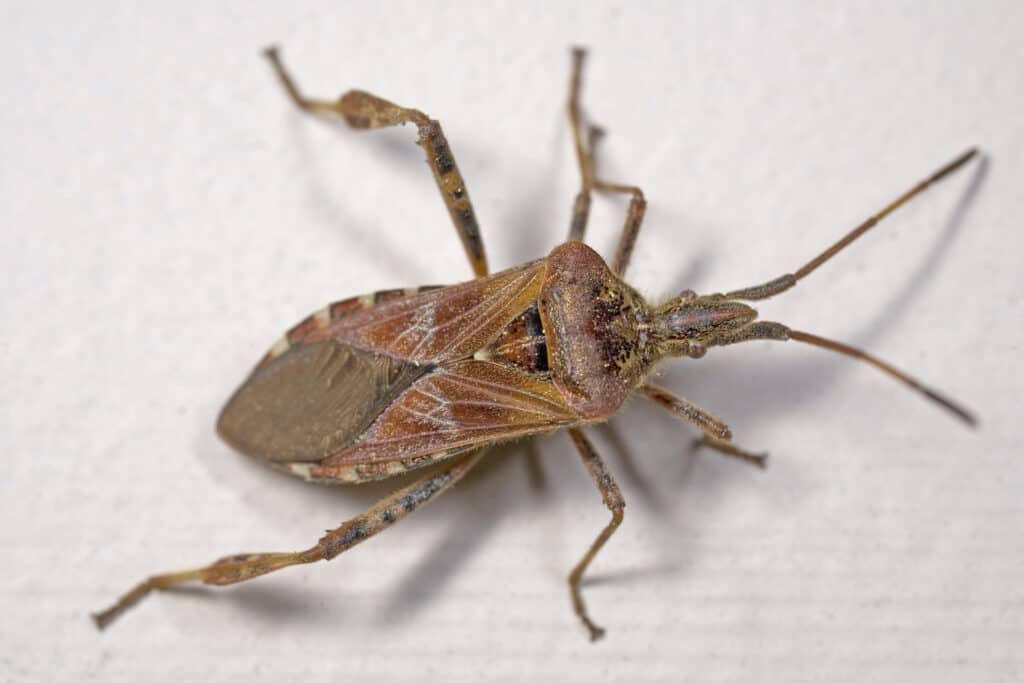
Western conifer seed bugs have pale white zig-zag stripes under their wings.
©iStock.com/jscalev
8. Moths
If you’ve ever sat outside on your deck or around a campground and had an annoying flying insect dive bomb your light (and you), you know how irritating moths (Lepidoptera) can be. Thankfully, they are not harmful to humans, and they won’t bite. You can, however, take a few steps to prevent too many from taking over your porch. Turn off exterior lights when not in use, and consider swapping your lightbulb for one that is not as bright.
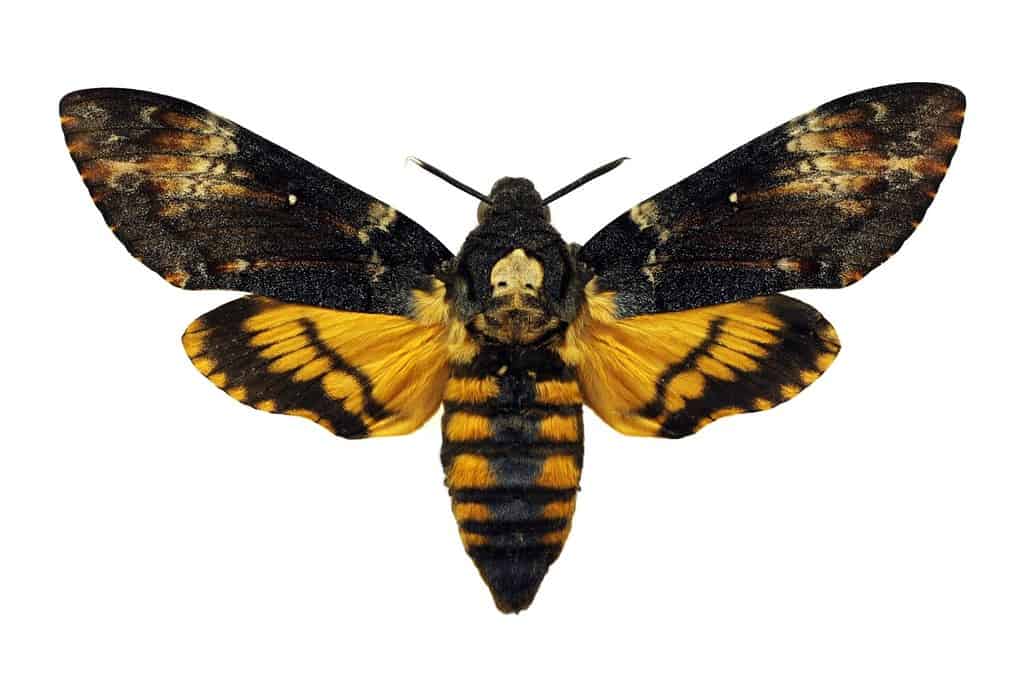
Thankfully, moths are not harmful to humans, and they won’t bite.
©Jiri Hodecek/Shutterstock.com
9. Green Stink Bugs
Green stink bugs (Chinavia hilaris) are agricultural pests that damage crops by piercing plant tissues and feeding on their juices. They also quite literally stink. When disturbed, they release a pungent odor as a defense mechanism. So their destructive nature and bad aroma mean they are unwelcome in gardens and homes.
You can always hand-pick them off your plants or use a natural insecticide if you have an infestation. Another option is to ensure plenty of spiders, predatory wasps, and birds have access to your space. They may not be fun additions for you, but they will definitely address your stink bug problem.
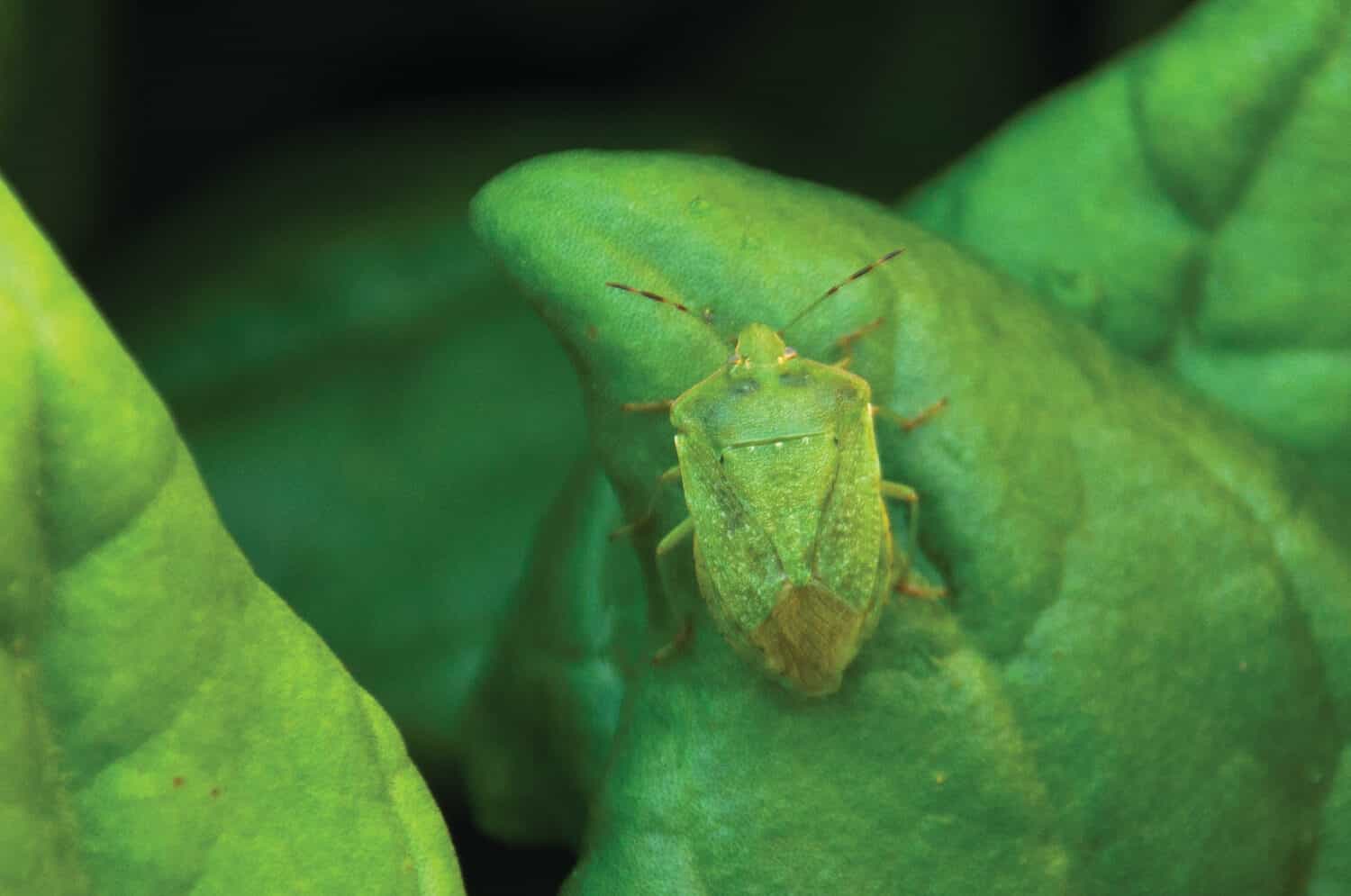
Green stink bugs will feed on your plants.
©V.P.I/Shutterstock.com
10. Western Drywood Termites
Termites (Incisitermes minor) are notorious for their destructive appetite for wood. And dry wood termites are the most common species found in Arizona. As their name suggests, they thrive in environments with plenty of dry wood… like the desert southwest. They are particularly fond of solid wood furniture. There are ways to address a termite infestation, but you should always consult professionals before attempting treatment.
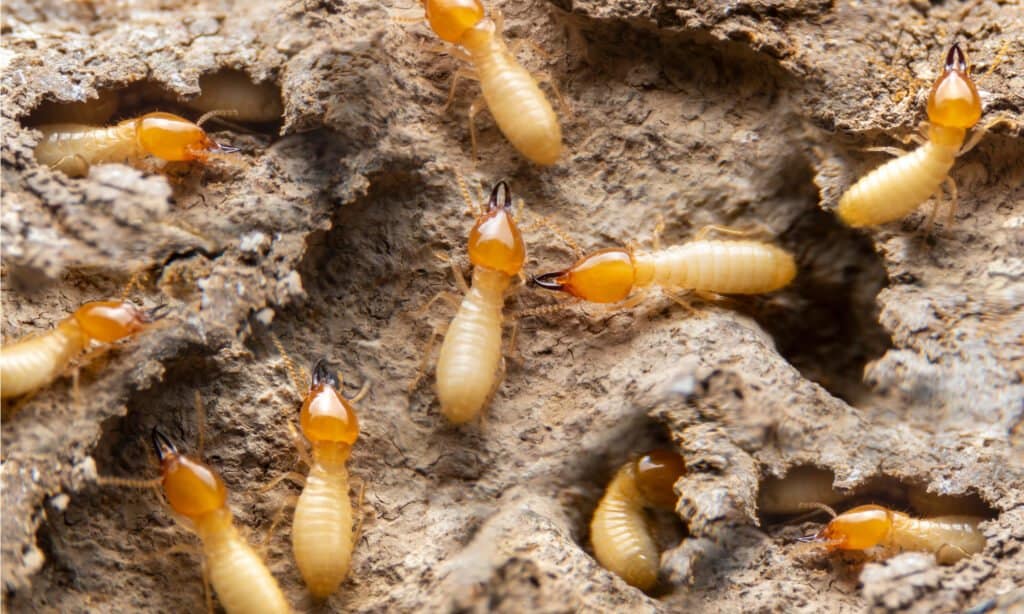
Termites plague anyone who has furniture… or lives in a house. Seek professional help if you have some.
©Witsawat.S/Shutterstock.com
11. Palo Verde Beetles
Palo verde beetles (Derobrachus hovorei) are large black insects, nearly half the size of your palm, with huge antennae. They show up in the most random places but are not harmful when left alone. If you try to pick one up, it may bight in self-defense. You can try to remove these unwanted beetles with a glass and a piece of paper over the top or simply pour soapy water on them to kill them.
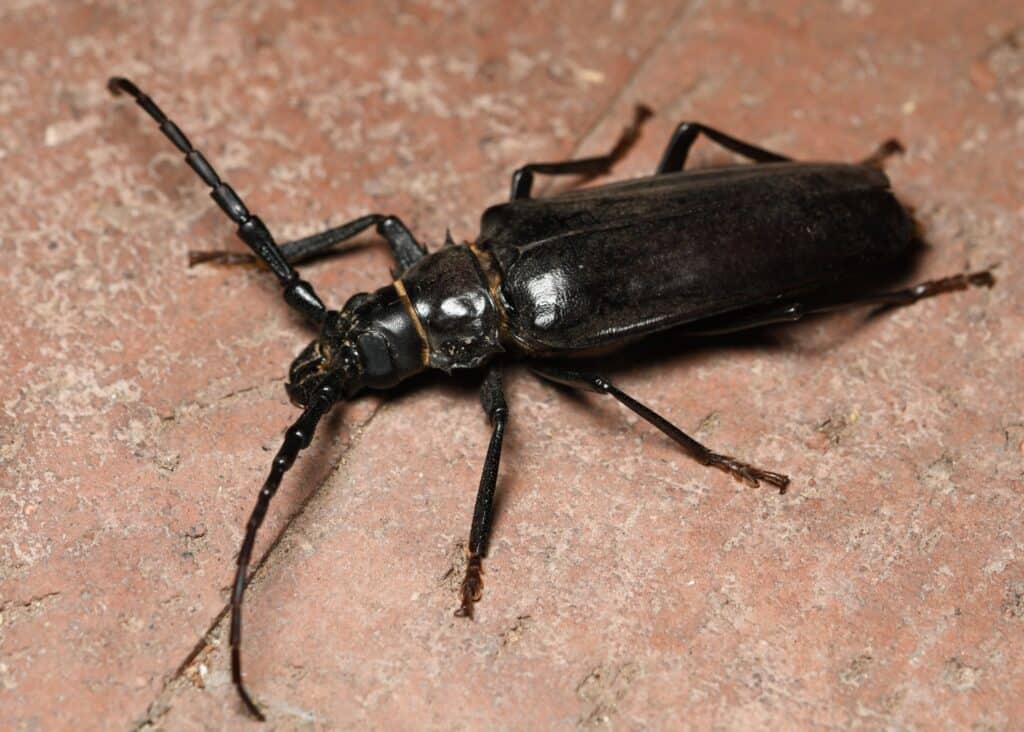
Palo verde beetles are one of the largest beetles in North America.
©(2,048 × 1,464 pixels, file size: 1.75 MB, MIME type: image/jpeg) – License
12. Crane Flies
These poor insects have the bad luck of looking very similar to mosquitos. They have long, slender bodies and large wings. However, unlike mosquitos, they are actually very helpful creatures. Crane flies (Tipuloidea) help speed up the process of organic matter decomposition. They can’t hurt you and don’t live longer than roughly two weeks. So there is no need to worry about these guys.
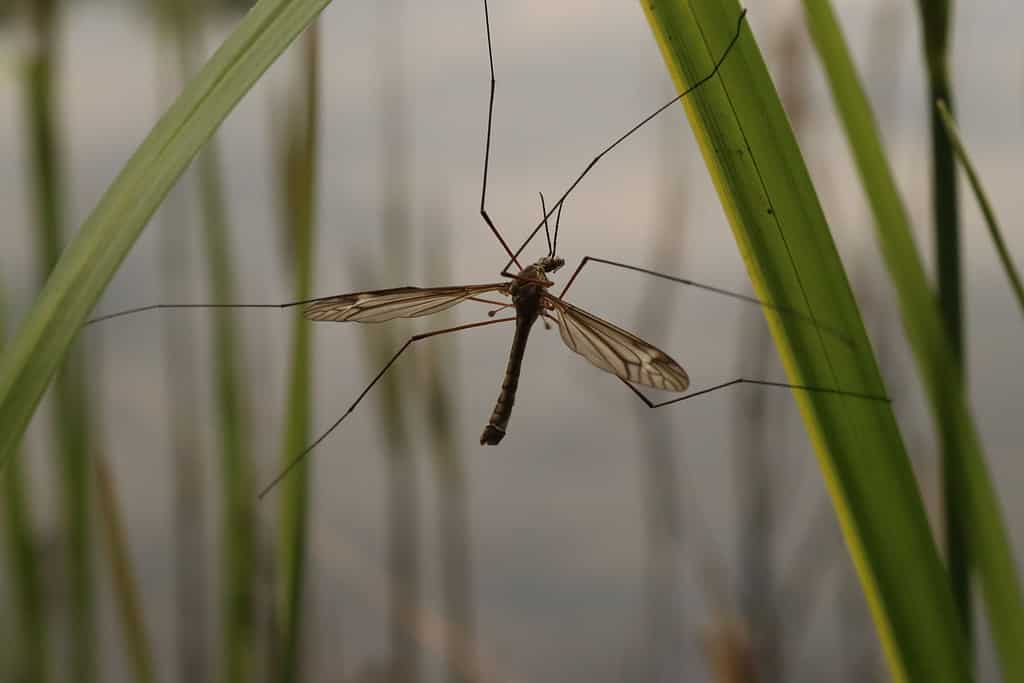
Crane flies often get mistaken for mosquitos, unfortunately.
©Wirestock/iStock via Getty Images
The photo featured at the top of this post is © AOKSANG STUDIO/Shutterstock.com
Thank you for reading! Have some feedback for us? Contact the AZ Animals editorial team.



